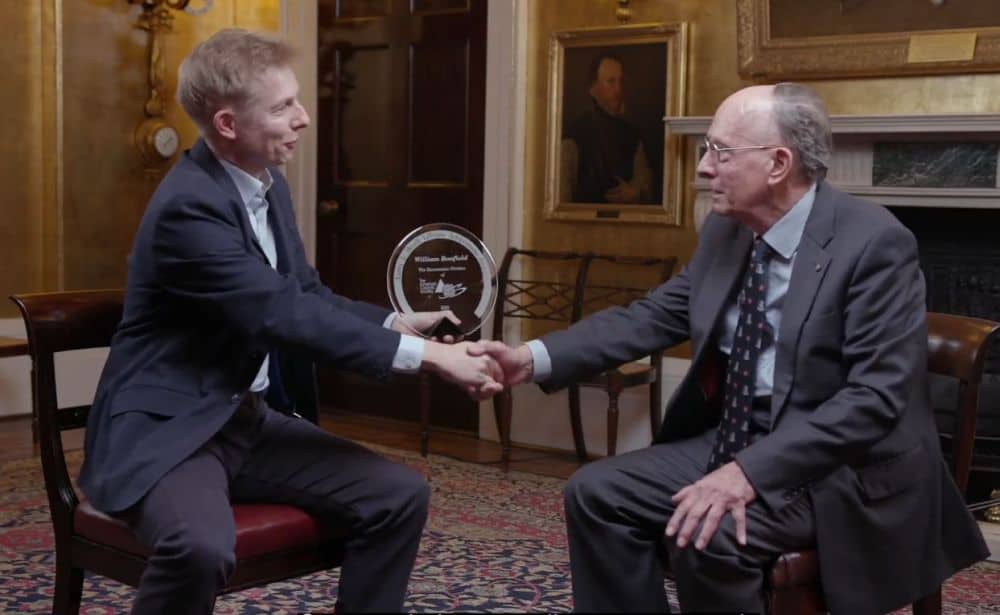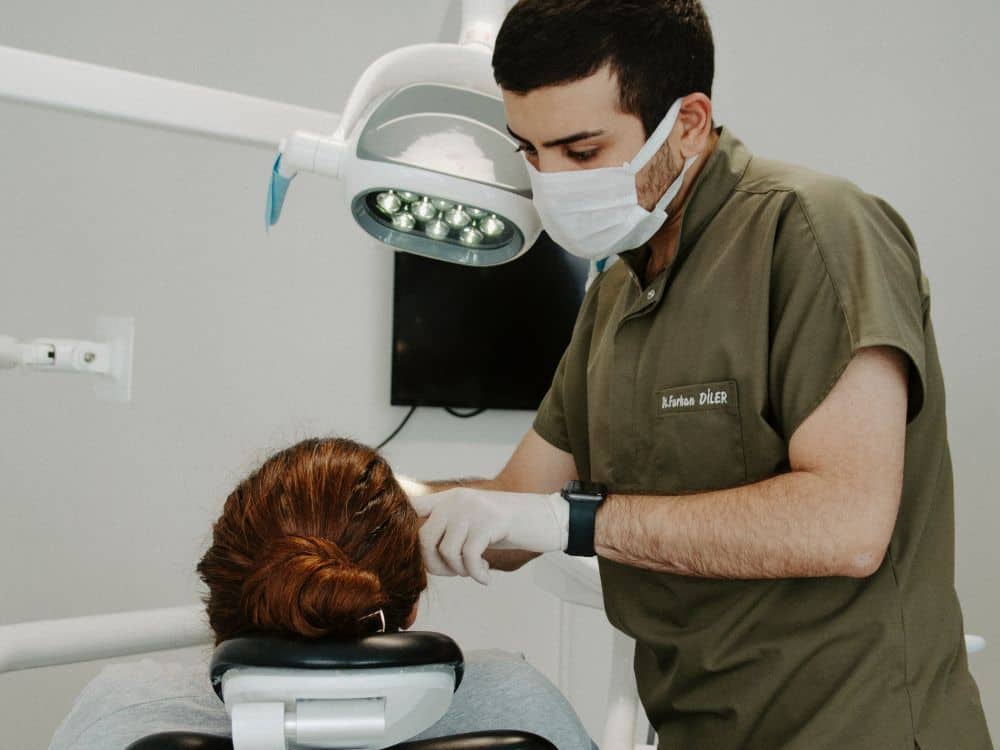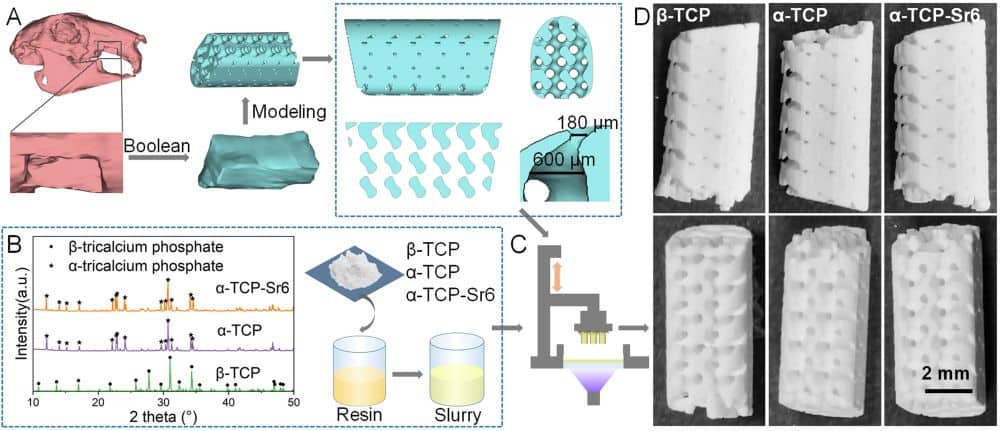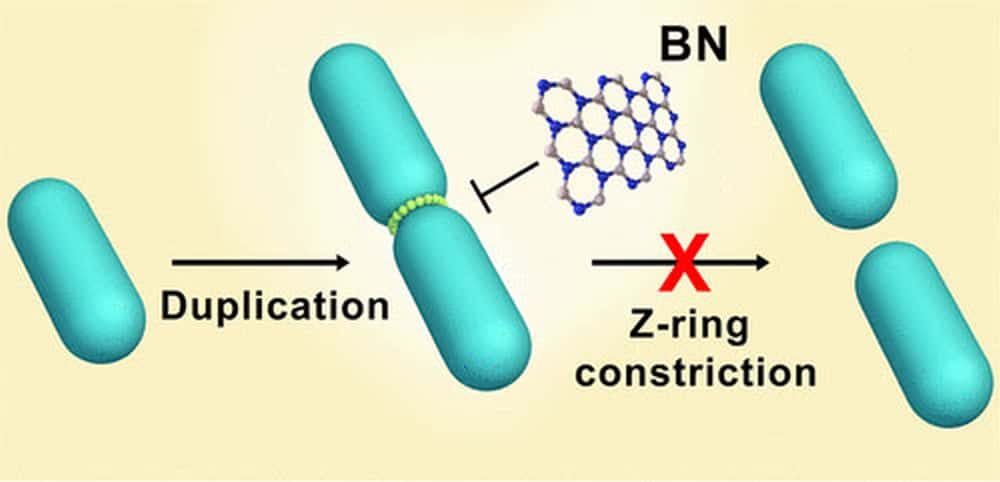Carbon-fiber-plated shoes have helped runners to set new world records, but little has been published about the potential injuries that can be sustained from using this technology. Researchers in the United States and Germany published an open-access paper to raise awareness of possible health concerns around the use of carbon-fiber-plated footwear.
Read MoreVideo: Translating bioceramic research from the lab to the clinic—a discussion with William Bonfield
To fulfill the growing demand for bioceramics and bioactive glasses, scientists will need to not only innovate new materials but translate them to market. In an interview, William Bonfield, recipient of the 2021 Larry L. Hench Lifetime Achievement Award, shares advice for others looking to translate their innovations into clinical settings.
Read MoreMethods that conserve or semi-conserve a dental restoration during removal often risk harming the underlying tooth. Researchers in the U.S. and Poland reviewed the current literature on erbium laser-assisted ceramic debonding to identify the parameters needed for safe application of this method.
Read MoreDetermining when to seek help for mental stress can be difficult. However, the recent identification of discernible odor substances that emanate from the skin during emotional tension may offer a way to quantifiably measure mental stress. Two researchers in Japan propose nanosheet-type tin oxides could be used as gas sensors to detect these substances.
Read MoreTo enable effective cancer detection and treatment, ceramic and glass biomaterials have been heavily investigated. A recent review paper provides an overview of the main ceramics and glasses being explored for this purpose.
Read MoreRemoval of zirconia dental restorations is challenging and time consuming due to their high strength. Manufacturers offer diamond rotary instruments marketed specifically for removing zirconia restorations, but a new study reaffirmed that these instruments do not perform better or generate less heat than conventional ones.
Read MoreMost rotator cuff repair procedures focus on the tendon, but the real problem is that the muscle degenerates and accumulates fat. University of Connecticut School of Medicine researchers led by ACerS Fellow Cato Laurencin developed a graphene-polymer matrix that induces a reversal of muscle degeneration, thereby greatly lowering the risk of rotator cuff retear injuries.
Read MoreDigital light processing is one of the most promising additive manufacturing technologies for preparing ceramic scaffolds with complicated fine features. Three recent studies by several groups in China explore the use of this technique to fabricate bioceramic scaffolds for medical applications.
Read MoreSome materials being investigated for use as antimicrobial agents face the limitation that they cannot tell the difference between bacteria and mammalian cells. Researchers led by Soochow University found boron nitride nanosheets do not face this limitation.
Read MoreThe miniaturization of implantable medical devices is necessitating development of alternative energy systems. Researchers at the University of Chicago created porosity-based silicon heterojunctions that offer an efficient and safer way to perform optoelectronic modulation of tissues.
Read More








